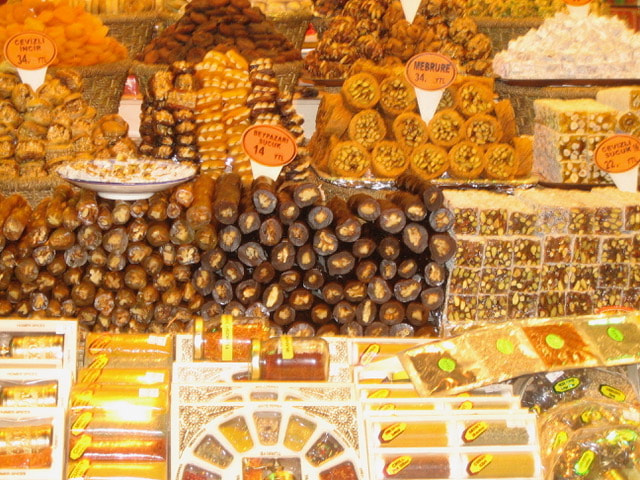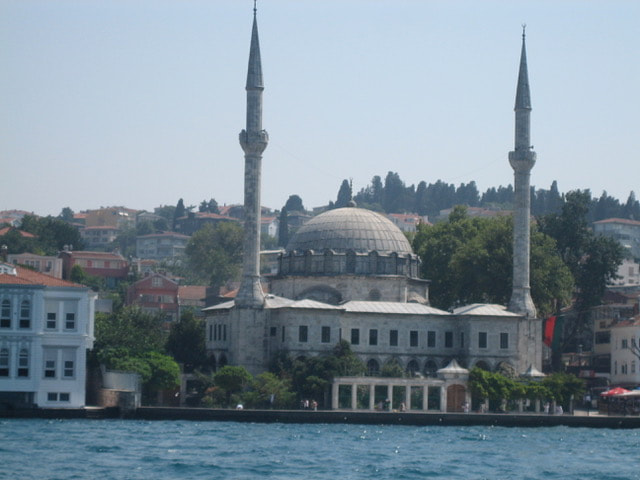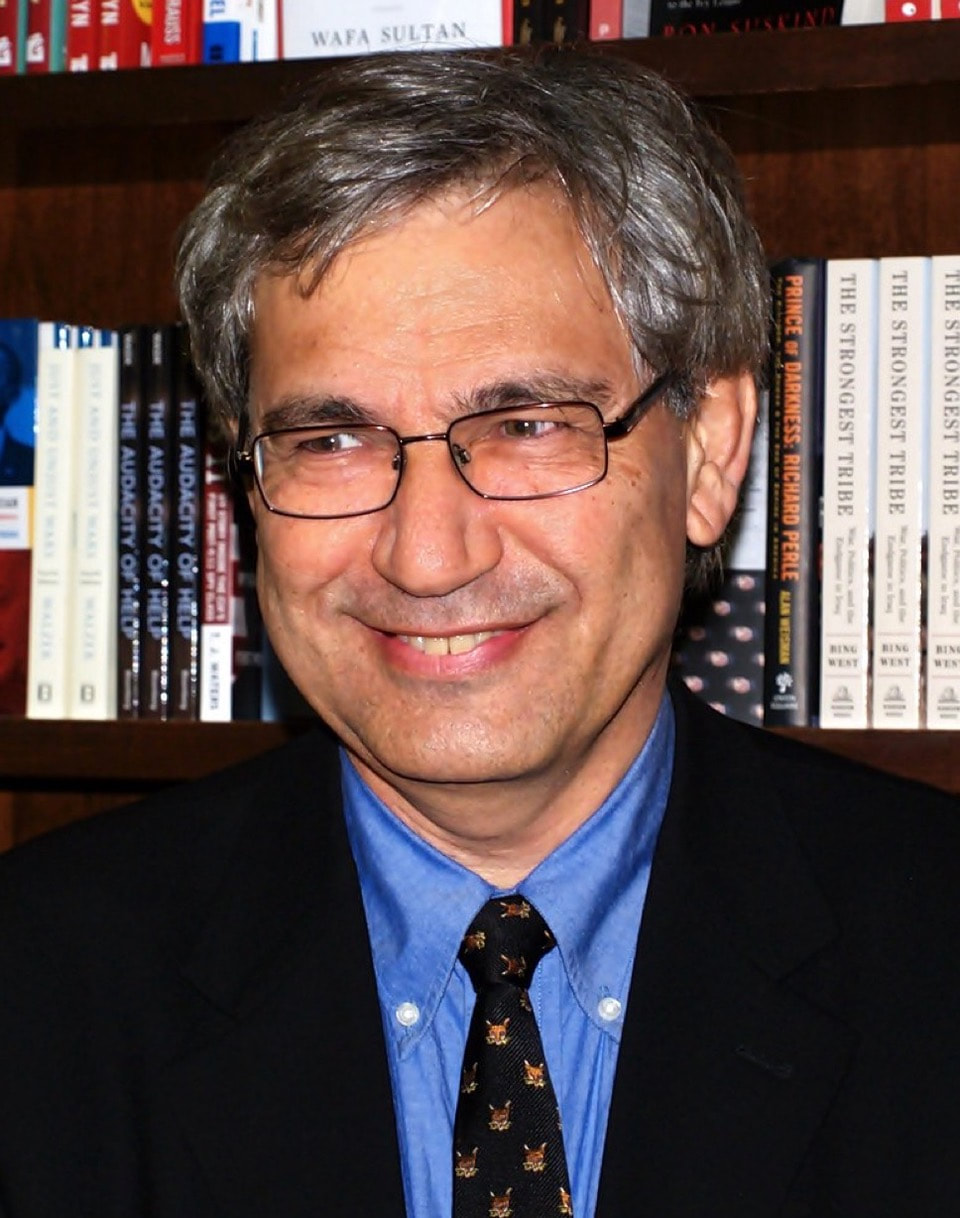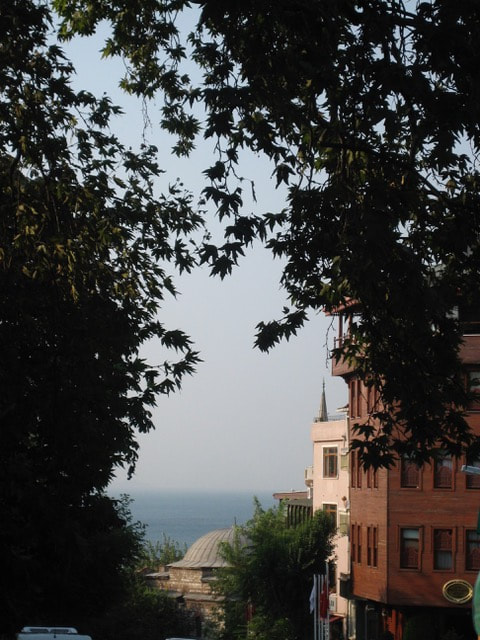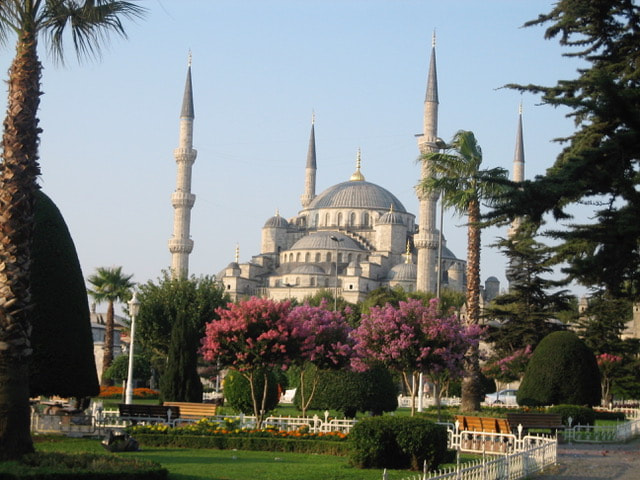The Turkey of Orhan Pamuk
By Christie Seeley
Vallartasounds.com
My sister Lynda spent much of her youth abroad. She had been encouraged by a sorority sister, a good friend from a wealthy lumber family of Springfield, Oregon, to take a trip to Europe. Molly, in the early '60s, traveled as Nani with Ken Kesey and his group in the days of the Merry Pranksters. She continued her travels to Europe and was thrilled by what she saw. She said, "Longi, you must go to Europe."! My sister took her advice. Having just graduated from Oregon State in our hometown of Corvallis, she worked all summer in the bean cannery. She put together enough money for a trip across the country by greyhound and a student ship from New York to Amsterdam. There she joined the many young people who were hitchhiking and staying at youth hostels, exploring their new world. Her travels eventually landed her in Turkey, where she joined a sorority sister who was working in Istanbul.
In 2007, she called me with the exciting news that the old buddy of an excellent Turkish friend had just won the Nobel Prize for literature. He was very proud of his friend from prep school, Orhan Pamuk. Intrigued, I immediately purchased one of Pamuk's early novels, My Name Is Red, a story of a medieval manuscript illustrator during the Ottoman era. I loved the book. Filled with intrigue and history, the writing of Pamuk transported me to a land and a time about which I knew little. Next, I read The Black Book and Istanbul, each of which guides one through the area of his childhood, introducing you to his city, his family, his way of life.
Perhaps his most famous and controversial book, "Snow," takes you from Istanbul to the northeastern region of Kars following a rash of suicides by teenage girls. It addresses issues in modern Turkish life, including political changes, women's roles, the use of headscarves, and the rather prevalent denial of a black part of his country's history involving their treatment of the Armenian population. This issue got him in trouble with the government and caused him to leave his beloved Istanbul. He is currently a Professor of Comparative Literature and Writing at Columbia University.
It must have been excruciating for Pamuk to leave the city, which holds so much of his history. A connoisseur of small museums, he created a museum in a 19th-century house in Istanbul and wrote a novel (The Museum of Innocence) built around the contents. It is unclear which inspired which. He created them in tandem. The book tells the stories of two families from different social groups in Istanbul.
In May 2014, the museum received the 2014 European Museum of the Year Award. His subsequent book, The Innocence of Objects, guides us through the museum with numerous images and stories. It is enchanting. (A film about these books by the name of The Innocence of Memories by Grant Gee, is available for viewing on YouTube).
Pamuk's 2014 novel, A Strangeness in My Mind, is a poignant tale that introduces us to a different segment of the population, a family of yogurt sellers and street vendors recently relocated from the countryside to Istanbul periphery. It is also a real eye-opener.
In 2008, a friend invited me to the baptism of her daughter in Greece. I took the opportunity to visit Istanbul. My two goals were to experience the culture that influenced my sister in her youth and to know the place that Pamuk described so beautifully in his books. It was indeed an enchanting visit bringing so many tales to life for me. The Bosporus Strait and its many ferries, historical buildings, some dating to Ottoman times, the many mosques with frequent calls to prayer, the colorful bizarre, and graceful bridges connecting Europe to Asia were breathtaking. Lynda's travels intrigued me; Pamuk brought them to life.
Photo of Orhan Pamuk By David Shankbone - Orhan Pamuk discusses his new book about love, CC BY 3.0, https://commons.wikimedia.org/w/index.php?curid=13151115
